Results 7,341 to 7,350 of 12095
Thread: Anandtech News
-
-
09-12-17, 01:28 PM #7342
Anandtech: Apple 2017: Announcing a new Apple Watch Series 3, with Intel LTE/Cellular
Today at Apple’s new Steve Jobs Theatre, Apple announced its new Apple Watch, called the Series 3. This is a new model above the Series 2 announced last year, with the new headline feature being LTE support through an integrated modem, which we believe to be an Intel modem according to trusted analysts.
With other watch makers having had LTE models, it had been one of the missing features with the Watch Series 2. Now Apple is making that leap, supporting both LTE and UTMS by using the display as the antenna, rather than internal antennas that might take up extra space. Rather than use a regular SIM, Apple is implementing an eSIM to save on size, which was demonstrated on AT&T during the presentation. To that end, Apple stated that the Watch Series 3 is only 0.25mm wider than the Watch Series 2 on the rear crystal, with all other dimensions the same. With LTE, Apple states that users can use features such as Maps, take calls, and stream Apple music.
At the heart of the Watch Series 3 is a new processor – moving up to a dual core version over the Series 2. Apple gave very little information on the processor, except that it offers 70% more performance over the Series 2 but stays at the same size. No details on the cores inside, or the node, but with the new LTE add-in, Apple is quoting the same 18 hours of battery life with a mix of LTE, WiFi and screen-off use during that time.
Also in the hardware is a new wireless chip, called the W2. Again Apple was light on details, except to say that it offers 85% faster WiFi combined with a 50% higher efficiency. On the health side, there is a new barometric altimeter, for calculating air pressure and detecting going up stairs.
For software, Apple is going to launch WatchOS4 on September 19th , which will ship on the new Watch Series 3. This update will bring the heart rate detection to now display directly on the display, with an enhanced heart-rate detection mechanism that will provide resting heart rate data, calculated based on continuous data over several days. Apple will also add in notifications for users that might experience abnormal heart rates when exercise is not detected. This will be in conjunction with Apple’s new Heart Study, which will use Watch data to analyse arrhythmia in a collaboration with Stanford Medical and the FDA. The first phase of this Heart Study will be available to download in the US early next year.
For prices, Apple gave the base Watch Series 3 as $329, but in order to have the LTE version the price increases to $399. It looks like Apple will be discontinuing the Series 2 as it was not mentioned, but the Series 1 model will still be available at $249. Orders will begin on September 15th, with availability on the 22nd.
The Apple Watch Numbers
During the presentation, Apple stated that the Apple Watch is now the #1 watch brand worldwide, up from #2 in 2016, supplanting Rolex. This is on the back of a 50% year-on-year growth in Apple Watch sales, with Apple citing a 97% customer satisfaction rate. Apple did not disclose the exact number of unit sales, due to bundling the numbers in with other products, and so did not disclose if the 50% YoY was on unit sales or overall revenue from accessory or app sales.
Gallery: Apple 2017: Announcing a new Apple Watch Series 3, with Intel LTE/Cellular




More...
-
09-12-17, 06:51 PM #7343
Anandtech: Apple 2017: The iPhone X (Ten) Announced
The hot button item expected to come from Apple’s announcement today was the set of iPhones being announced. The iPhone 8 and iPhone 8 Plus were the expected models to come to market, but Apple felt that for the 10-year anniversary since the launch of the original iPhone, it should release a new model which ‘breaks the standard for another 10 years’. This new iPhone X device goes all in on some significant features that are novel to the Apple smartphone ecosystem: an edge-to-edge OLED display, a TrueDepth front-facing camera system, removal of TouchID in favor of a new facial recognition system called FaceID, and a few new features surrounding the integrated neural engine inside the A11 SoC.
The iPhone X (pronounced iPhone Ten) is a visually significant departure from previous Apple smartphones. The front 5.8-inch display is called an ‘edge-to-edge’ display in the marketing material, citing minimal bezels and taking up pretty much the full real estate of the phone. Apple also dubs this as a new retina display, specifically a ‘Super Retina’ display, with a 2436x1125 resolution with a pixel density of 458 PPI. The display is Apple’s first foray into OLED technology on a smartphone, as ‘previous versions of OLED were not sufficient’ in previous generations. This means that Apple is promoting features such as HDR10 for high dynamic range, a 1000000:1 contrast ratio, and high color accuracy. That contrast ratio is due to the blacks provided by OLED, although it will be interesting to see what the practical limits are. Apple has always been consistent with superb color accuracy, so we will have to see of OLED changes things in Apple’s qualification process in our testing, but also Apple’s TrueTone technology makes its way from the iPad to the iPhone. This display technology uses data from the ambient light sensor to detect the ambiance of the surroundings and adjust colors (particularly reading black on white) and making it easier to read. The display will also support 3D Touch.
With Apple moving to a full-screen technology like this, there is no room for the standard Home button, and with it, TouchID. As a replacement/upgrade, Apple is implementing FaceID: a set of front-facing technologies that will develop a face-map of a user and embed that as the passcode. This functionality is likely derived from Apple’s acquisitions of PrimeSense in 2013 (the IP behind Microsoft Kinect) and FaceShift in 2015. Apple states that the technology uses its embedded neural network engine to speed up facial recognition, but also that algorithms are in place such that the system will work if a user puts on glasses, wears a hat, has different hair, and even in low light. The algorithms will also auto-update as a user grows a beard. A lot of security researchers have questioned this move, while Apple quotes that the possibility for a false positive on TouchID was around 50k-to-1, FaceID should be more similar to a million-to-one. With FaceID, users will be able to unlock the device, as well as use their face to preapprove ApplePay purchases before touching a pay pad.
In order to enable FaceID, Apple implemented a small top area for the main hardware. This includes an infrared camera, a flood illuminator, the front camera, and a dot projector. The hardware will map the face in three dimensions with a 5-second startup (when in sufficient light) to produce a face mesh. One version of the mesh, with the textures as part of the algorithm, will be held in a secure enclave for identification and approval. At this point in time, only one face per device can be registered, marking an initial limitation in the hardware. One of the other features for the technology shown by Apple was the ability to generate a face mesh and map new textures to it, such as new SnapChat ‘masks’, or animated emoji in Message. The hardware will map 50 muscle tracking points, and a user can choose one of twelve animal emoji (fox, cat, dog, pig, unicorn, poop emoji) and record a ten second message where the ‘ani-moji’ will mimic in real-time how the user is moving and speaking in order to send to the other person. Apples plan here is to open the resources up to developers to use in their own applications.
Because the FaceID hardware is essentially an indent into the display, there will be some issues on content that will have to be addressed. On the home screen, Apple has designed the top icons to be inside the two nooks either side of the FaceID hardware, and adjust as needed. As shown by several journalists on the show floor at the launch event, the video will naturally default to fit perfectly without the little nooks, but if a user selects full screen, it will wrap around the FaceID hardware and intrude into the video being watched. Apple usually prides itself in the simplicity in its display support, and this might be a little scratch in that armor.
With no home button, Apple is having to implement new interactions to deal with regular home button actions. To wake the phone from a screen off state, a user can tap on the display (or use FaceID if setup). To get to the home screen, the user can swipe up in any application, although this seems a bit fraught with issues, especially with games where swiping up is a key mechanic of the application. In order to get the list of applications in memory, then swipe up but hold the finger down on the screen. Apple neglected to mention how to put the phone to sleep / screen off mode – there is a button on the side, but that is specifically for Siri. In order to get the notifications menu, swipe down from the top.
Under the hood, Apple is using its new A11 Bionic processor, with significant upgrades over the A10 and A10X. Details were scarce, but this is a TSMC 10nm design featuring six cores: two high-performance cores and four power efficient cores, with all six cores available for use at the same time. Apple is quoting that the high-performance cores are 25% faster than the high-performance cores in A10, while the high-efficiency cores are 70% faster than their counterparts in A10. No speeds are details about the cores were provided, though some initial analysis online from the code base suggests that the larger cores have two levels of private cache, while the smaller cores only have one level of private cache, with a high level of shared cache between both sets before hitting the DRAM. The A11 SoC will come in at 4.3 billion transistors, and features Apple’s second generation performance controller to assist with the 2+4 configuration. Also involved is a new GPU, which Apple states is its own custom design, coming in at ‘three cores’ (whatever that means in this context) and offers 30% higher performance than the graphics in the A10. Apple also stated that it can offer A10 graphics for half the A10 power, and that the GPU can assist in machine learning. We’ve seen discussions on Apple’s Metal 2 compute already appear at WWDC, so this is likely what Apple is talking about. The SoC also features a new ‘Neural Engine’ inside, offering two cores and 600 Giga-Ops per second, although no information as to how this inference hardware operates or at what precision (for example, Huawei’s NPU gives 1.92 TFLOPs of FP16). Apple was very light on A11 details, so we’ll likely revisit this topic later with more details.
For the camera system, Apple is using a vertical dual camera on the rear of the iPhone X, rather than the horizontal cameras on the iPhone 7 Plus and iPhone 8 Plus. Both of these cameras are new models, both are 12 megapixels, and both come with optical image stabilization. One camera is f/1.8, while the other is f/2.4, with both having larger and faster sensors with deeper pixels than previous iPhones to aid in image focus. Like with the iPhone 8 and iPhone 8 Plus, Apple will use the embedded Neural Engine to assist with photo taking, such as adjusting skin-tone mapping in real-time depending on the environment. The camera also supports dual Quad-LED flash.
The full design is glass on the back and front, using a new technology that Apple is quoting as the most shatter-resistant glass on an iPhone, and the band in the device will be ‘surgical grade stainless steel’ rather than aluminum. The iPhone X will be dust and water resistant, although Apple stopped short of giving it a full IPXX rating. Due to the glass, Apple is equipping the iPhone X with wireless charging capabilities using the Qi standard, and will offer a large ‘Air Power’ pad in 2018 that will allow users to wireless charge the iPhone X, the new Apple Watch Series 3, and the Air Pods all at the same time. Apple did not go into the size of the battery, although it does quote it as having two hours more battery life than the iPhone 7, despite the large OLED display.
Lots of features that we’ve seen discussed in previous Apple launches were glossed over here: changes in the haptic feedback, anything about audio (there’s no 3.5mm jack, if you were wondering), any hard performance metrics, SoC details about the cores and how/if they are different, or frequencies, or how the Neural Engine is laid out, or even how much DRAM is in the device. This is likely due to the fact that even for a two-hour presentation, time was spent detailing the new features more than the underlying hardware. Unlike other smartphone vendors or chip designers, Apple doesn’t do a deeper ‘Tech Day’ on their hardware, which is a shame.
What we do know is that Apple will be offering two storage options, 64GB and 256GB, and two colors in Space Grey and Silver (both of which have a slight pearlescence, according to Apple). The 64GB model will start at $999, and include Air Pods in the box. The 256 GB model will have some markup, although Apple did not disclose how much. The iPhone X will go up for pre-order on October 27th in around 30 countries, and ship on November 3rd.
Gallery: Apple 2017: The iPhone X (Ten) Announced





Specification table will be added shortly.
More...
-
09-13-17, 08:13 AM #7344
Anandtech: Raja Koduri, Head of AMD's RTG, to go on Sabbatical until December
Late last night, PC Perspective confirmed rumors that Raja Koduri, AMD's Radeon Technologies Group (RTG) Senior Vice President and Chief Architect, is to go on sabbatical. Sourcing Raja’s internal letter to the RTG team, he will be taking leave from September 25 until an unspecified date in December, to spend time with his family. Dr Lisa Su, AMD's CEO, will lead RTG in the interim.
As reproduced by Ryan Shrout, Raja’s letter is as follows:
RTG Team,Since his return to AMD in 2013 and the reformation of a monolithic graphics division with RTG in 2015, Raja has overseen and led all aspects of AMD graphics hardware and software. Raja’s public presence and involvement render him the face of graphics at AMD, in all senses of the word, from Capsaicin events to Twitter and Reddit. Following Vega’s launch, Raja had taken two weeks vacation to visit family, following visits to company sites in India.
You haven’t heard from me collectively in a while – a symptom not only of the whirlwind of launching Vega, but simply of the huge number of demands on my time since the formation of RTG. Looking back over this short period, it is an impressive view. We have delivered 6 straight quarters of double-digit growth in graphics, culminating in the launch of Vega and being back in high-performance. What we have done with Vega is unparalleled. We entered the high-end gaming, professional workstation and machine intelligence markets with Vega in a very short period of time. The demand for Vega (and Polaris!) is fantastic, and overall momentum for our graphics is strong.
Incredibly, we as AMD also managed to spectacularly re-enter the high-performance CPU segments this year. We are all exceptionally proud of Ryzen, Epyc and Threadripper. The computing world is not the same anymore and the whole world is cheering for AMD. Congratulations and thanks to those of you in RTG who helped see these products through. The market for high-performance computing is on an explosive growth trajectory driven by machine intelligence, visual cloud, blockchain and other exciting new workloads. Our vision of immersive and instinctive computing is within grasp. As we enter 2018, I will be shifting my focus more toward architecting and realizing this vision and rebalancing my operational responsibilities.
At the beginning of the year I warned that Vega would be hard. At the time, some folks didn’t believe me. Now many of you understand what I said. Vega was indeed hard on many, and my sincere heartfelt thanks to all of you who endured the Vega journey with me. Vega was personally hard on me as well and I used up a lot of family credits during this journey. I have decided to take a time-off in Q4 to spend time with my family. I have been contemplating this for a while now and there was never a good time to do this. Lisa and I agreed that Q4 is better than 2018, before the next wave of product excitement. Lisa will be acting as the leader of RTG during by absence. My sincere thanks to Lisa and rest of AET for supporting me in this decision and agreeing to take on additional workload during my absence.
I am looking to start my time-off on Sept 25th and return in December.
Thank you, all of you, for your unwavering focus, dedication and support over these past months, and for helping us to build something incredible. We are not done yet, and keep the momentum going!
Regards, Raja
Given the news in his letter, we hope all is well.
More...
-
09-14-17, 08:12 AM #7345
Anandtech: One Design, Two Products: The SanDisk Ultra 3D (1TB) and WD Blue 3D (1TB)
The first 3D NAND SSDs from Western Digital and its SanDisk subsidiary have arrived. The same mainstream SATA SSD with 3D TLC is being sold under two names, but either way it is a big step forward: SanDisk's 64-layer BiCS3 3D NAND enables faster performance and lower power consumption.
More...
-
09-14-17, 11:32 AM #7346
Anandtech: TSMC Teams Up with ARM and Cadence to Build 7nm Data Center Test Chips in
TSMC has announced plans to build its first test chips for data center applications using its 7 nm fabrication technology. The chip will use compute cores from ARM, a Cache Coherent Interconnect for Accelerators (CCIX), and IP from Cadence (a DDR4 memory controller, PCIe 3.0/4.0 links). Given the presence of the CCIX bus and PCIe 4.0 interconnects, the chip will be used to show the benefits of TSMC’s 7 nm process primarily for high-performance compute (HPC) applications. The IC will be taped out in early Q1 2018.
The 7 nm test chips from TSMC will be built mainly to demonstrate capabilities of the semiconductor manufacturing technology for performance-demanding applications and find out more about peculiarities of the process in general. The chip will be based on ARMv8.2 compute cores featuring DynamIQ, as well as a CMN-600 interconnect bus for heterogeneous multi-core CPUs. ARM and TSMC do not disclose which cores they are going to use for the device - the Cortex A55 and A75 are natural suspects, but that’s a speculation at this point. The new chip will also have a DDR4 memory controller as well as PCI Express 3.0/4.0 links, CCIX bus and peripheral IP buses developed by Cadence. The CCIX bus will be used to connect the chip to Xilinx’s Virtex UltraScale+ FPGAs (made using a 16 nm manufacturing technology), so in addition to implementation of its cores using TSMC’s 7 nm fabrication process, ARM will also be able to test Cadence’s physical implementation of the CCIX bus for accelerators, which is important for future data center products.
As reported multiple times, TSMC’s 7 nm manufacturing process will be a “long” node and the foundry expects the majority of its large customers to use it. By contrast, the current 10 nm technology is aimed primarily at developers of smartphone SoCs. TSMC projects that its first-generation CLN 7FF fabrication technology, compared to its CLN16FF+, will enable its customers to reduce power consumption of their chip by 60% (at the same frequency and complexity), increase their clock rate by 30% (at the same power and transistor count) and shrink their die sizes by 70% at the same complexity. Sometime in 2019, TSMC plans to start making chips using its CLN7FF+ process technology with EUV for critical layers. TSMC claims that the CLN7FF+ will enable the company’s customers to further increase transistor density while improving other areas, such as yields and power consumption.TSMC's 7 nm Test Chip at Glance Logic PHY Compute Cores ARM v8.2 with DynamIQ Internal Interconnect Bus ARM CMN-600 CCIX Cadence DDR4 DRAM Controller ? Cadence PCI Express 3.0/4.0 Cadence Peripheral Buses I2C, SPI and QSPI by Cadence Verification and Implementation Tools Cadence
TSMC does not disclose which of its 7 nm process technologies announced so far it is going to use for the test chip, but the use of EUV for test chips is something that cannot be excluded. For example, GlobalFoundries claims that they use EUV to accelerate production of test chips. On the other hand, since design rules for CLN7FF and CLN7FF+ are different, it is highly likely that TSMC conservatively uses the former for the test chip.
TSMC’s CLN7FF process tech passed qualification in April and was expected to enter risk production in Q2 2017, according to TSMC’s management. The foundry expected 13 CLN7FF tape outs this year and it is projected that the fabrication technology would be used commercially starting from Q2 2018. Therefore, taping out the test vehicle using the first-gen DUV-only 7 nm process in Q1 2018 seems a bit late for early adopters who intend to ship their 7 nm SoCs in the second half of next year. Meanwhile, early adopters (read: Apple, Qualcomm, and some others) get access to new process technologies long before their development is completed and final PDKs (process development kits) are ready. Keeping in mind that the test chips feature a CCIX and PCIe 4.0 buses, it is clearly designed to show advantages of TSMC’s 7 nm process technologies for HPC applications. In fact, this is what TSMC says itself:
“Artificial intelligence and deep learning will significantly impact industries including media, consumer electronics and healthcare,” said Dr. Cliff Hou, TSMC vice president, Research & Development/Design and Technology Platform. “TSMC’s most advanced 7nm FinFET process technology provides high performance and low power benefits that satisfy distinct product requirements for High-Performance Computing (HPC) applications targeting these markets.”Related Reading- GlobalFoundries Details 7 nm Plans: Three Generations, 700 mm², HVM in 2018
- Intel to Equip Fab 42 for 7 nm
- Samsung and TSMC Roadmaps: 8 and 6 nm Added, Looking at 22ULP and 12FFC
- ARM Launches DynamIQ: big.Little to Eight Cores Per Cluster
- ARM Announces Mali-G72: Bifrost Refined for the High-End SoC
- ARM Announces Mali-G72: Bifrost Refined for the High-End SoC
More...
-
09-14-17, 01:16 PM #7347
Anandtech: HP Updates Z8 Workstations: Up to 56 Cores, 3 TB RAM, 9 PCIe Slots, 1700W
HP has updated its most powerful dual-processor Z8 workstation line with the latest components. The new systems contain up to two Intel Skylake-SP Xeon CPUs with up to 56 cores in total, up to 3 TB of DDR4 RAM, terabytes of storage as well as up to 9 PCIe slots along with optional TB3 and 10 GbE support via add-in cards. The HP Z8 workstation will be the pinnacle of HP’s computers for personal and professional use and its price in high-end configurations will surpass even the top-of-the-range gaming PCs.
Historically, most high-end workstations relied on server platforms to support more than one CPU and thus offer higher performance than any consumer desktop. The emergence of dual-core and then multi-core CPUs a little more a decade ago changed the workstation market quite quickly and significantly. In a world with quad-core CPUs, 4-way workstations did not make a lot of sense for 99% of the users and therefore they quickly became extinct. Moreover, by now, even 2-way workstations became rare. Today, the vast majority of workstations use one multi-core CPU that provides enough compute horsepower for professional workloads, whereas GPU-based accelerators are used for tasks like simulations. Nonetheless, there are still users who need maximum x86 performance and who therefore require 2-way workstations — and the HP Z8 is aimed precisely at such users. While the Intel Xeon Scalable processors with extreme core count were developed primarily with servers in mind, the Z8 is a system that people put on their desks and therefore it has a number of specific requirements regarding noise levels, features, security, compatibility with components and so on.
One of the key components of all PCs is its microprocessor. When it comes to the HP Z8, it is based on up to two Intel Xeon Platinum 8180 with 28 cores and 205 W TDP each, which means that the system has to remove 410 W of thermal energy only from CPUs, and this requirement had a significant impact on the design of the whole system. The company did not want to use a liquid cooling system, so it had to design an air cooling solution capable of cooling down two extremely hot CPUs as well as up to 24 DDR4-2666 memory modules. Each processor has its own radiator equipped with a high-pressure air fan (which speed is regulated by BIOS in accordance with system temperature monitored by numerous sensors). In addition, the system has multiple airflow vents on the front and on the top as well as one fan that exhausts hot air on the back. According to HP, such a chassis architecture ensures that the second CPU does not re-use warm air from the first one, but since they are located in close proximity, one will always affect another with its heat. Finally, the system has additional fans that cool down other components and produce more airflow within the chassis.
Speaking of other components, the HP Z8 supports plenty of them — whatever one might want. First off, the system has four PCIe 3.0 x16 slots for graphics cards or SSDs (up to AMD Radeon Pro, NVIDIA Quadro P100 or GP100, up to 4 TB HP Z Turbo Drive Quad Pro, etc.) three PCIe 3.0 x8 (two are non-hot swap) slots for SSDs and two PCIe 3.0 x4 slots. In addition to PCIe-based storage, the Z8 also features four 2.5”/3.5” bays for SATA/SAS SSDs or HDDs as well as two external 5.25” bays that can also accommodate drive form-factor storage devices using appropriate adapters. Those who need it, HP may also install an SD card reader as well as a slim DVD or Blu-ray ODD.
When it comes to connectivity, the HP Z8 has all the bases covered. By default, the system supports two GbE connectors (powered by Intel controllers), an 802.11ac Wi-Fi + Bluetooth module (Intel Wireless-AC 8265 controller), two USB 3.1 Type-C ports and two USB 3.1 Type-A ports on the front, four USB 3.1 Type-A ports on the back, multi-channel audio connectors (a Realtek HD ALC221 controller) on the back, a TRRS audio connector on the front and so on. Meanwhile, owners can optionally order to install two 10 GbE controllers, a Thunderbolt 3-supporting add-in-card and a variety of custom components for various industries and workloads (an external audio solution for a 5.25” bay, for example).
Since many businesses and enterprises require robust security for all of their machines, the HP takes everything seriously and ships the Z8 with a whole set of security features that it calls HP SureStart. The system features secure authentication, full volume encryption, TPM 2.0, has a Kensington lock and so on.
All the CPUs, GPUs, SSDs and other components require a lot of power and HP Z8 has plenty of it. The manufacturer offers 1125 W, 1450 W or 1700 W internal PSUs with up to 90 % efficiency. The PSU is located in a compartment behind the motherboard, so chances are that HP uses proprietary units.
Now, time to talk about availability and pricing. HP intends to ship the HP Z8 workstations in October. An entry-level model with one CPU, a basic GPU and storage will cost $2,439. Meanwhile, once the system is equipped with two Xeon Platinum 8180 CPUs, NVIDIA Quadro P100/GP100 graphics, multiple PCIe SSDs, 3 TB of DDR4 memory, several 12 TB HDDs and various advanced I/O capabilities (TB3, 10 GbE, etc.), its price will easily hit tens of thousands of dollars.General Specifications of the HP Z8 2017 HP Z8 G4 CPU Family Intel Xeon Scalable processor Models Xeon Platinum 8180 (2.5GHz/3.8GHz, 38.5MB cache, 28 cores)
Xeon Platinum 8160 (2.1 GHz/3.7 GHz, 33 MB cache, 24 cores)
Xeon Gold 6152 (2.1 GHz/3.7 GHz, 30.25 MB cache, 22 cores)
Xeon Gold 6154 (3 GHz/3.7 GHz, 24.75 MB cache, 18 cores)
Xeon Gold 6148 (2.4 GHz/3.7 GHz, 27.5 MB cache, 20 cores)
Xeon Gold 6142 (2.6 GHz/3.7 GHz, 22 MB cache, 16 cores)
Xeon Gold 6136 (3 GHz/3.7 GHz, 24.75 MB cache, 12 cores)
Xeon Gold 6140 (2.3 GHz/3.7 GHz, 24.75 MB cache, 18 cores)
Xeon Gold 6134 (3.2 GHz/3.7 GHz, 24.75 MB cache, 8 cores)
Xeon Gold 6132 (2.6 GHz/3.7 GHz, 19.25 MB cache, 14 cores)
Xeon Gold 6130 (2.1 GHz/3.7 GHz, 22 MB cache, 16 cores)
Xeon Gold 6128 (3.4 GHz/3.7 GHz, 19.25 MB cache, 6 cores)
Xeon Gold 5120 (2.2 GHz/3.2 GHz, 19.25 MB cache, 14 cores)
Xeon Gold 5118 (2.3 GHz/3.2 GHz, 16.5 MB cache, 12 cores)
Xeon Gold 5122 (3.6 GHz/3.7 GHz, 16.5 MB cache, 4 cores)
Xeon Silver 4116 (2.1 GHz/3 GHz, 16.5 MB cache, 12 cores)
Xeon Silver 4114 (2.2 GHz/3 GHz, 13.75 MB cache, 10 cores)
Xeon Silver 4112 (2.6 GHz/3 GHz, 8.25 MB cache, 4 cores)
Xeon Silver 4108 (1.8 GHz/3 GHz, 11 MB cache, 8 cores)
Xeon Bronze 3106 (1.7 GHz, 11 MB cache, 8 cores)
Xeon Bronze 3104 (1.7 GHz, 8.25 MB cache, 6 cores)Graphics Entry NVIDIA Quadro P400 (2 GB GDDR5)
NVIDIA Quadro P600 (2 GB GDDR5)
AMD FirePro W2100 (2 GB DDR3)Mid-Range NVIDIA Quadro P1000 (4 GB GDDR5)
NVIDIA Quadro P2000 (5 GB GDDR5)
AMD Radeon Pro WX 3100 (4 GB GDDR5)
AMD Radeon Pro WX 4100 (4 GB GDDR5)High-End NVIDIA Quadro P4000 (8 GB GDDR5)
AMD Radeon Pro WX 7100 Graphics (8 GB GDDR5)Ultra High-End NVIDIA Quadro P5000 (16 GB GDDR5X)
NVIDIA Quadro P6000 (24 GB GDDR5X)
AMD Radeon Pro WX 9100 Graphics (16 GB HBM2)
NVIDIA Quadro GP100 (16 GB HBM2)RAM 24 DDR4 DIMMs, up to 1.5 TB of DDR4-2666
(3TB options in H1 2018, when M CPUs are available)Storage Bays 4 × 2.5"/3.5", 2 × 5.25", 1 × slim 5.25" for ODDsOptions 300 GB SAS (15000 rpm)
500 GB up to 2 TB SATA (7200 rpm)
500 GB SATA SED (7200 rpm)
1 TB up to 4 TB 7200 rpm SATA Enterprise
256 GB up to 2 TB SATA SSD
256 GB up to 512 GB SATA SED Opal 2 SSD
240 GB up to 480 GB SATA Enterprise SSD
256 GB up to 1 TB HP Z Turbo Drive PCIe SSD M.2
256 GB up to 512 GB HP Z Turbo Drive PCIe SED SSD M.2
256 GB up to 4 TB HP Z Turbo Drive Quad Pro PCIe SSD
HP Slim DVD-ROM
HP Slim Blu-ray Writer
HP Slim DVD-WriterNetworking GbE Integrated Intel I219-LM PCIe GbE
Integrated Intel X722 PCIe GbE
Intel I350-T2 dual-port GbE NIC
Intel I350-T4 dual-port GbE NIC
Intel I210-T1 PCIe GbE10 GbE Intel X550-T2 dual-port GbE NIC
Intel X710-DA2 dual-port GbE NIC
Intel 10 GbE SFP+ SR transceiver
HP dual-port 10GBase-T NICWireless Intel Dual Band Wireless-AC 8265 802.11a/b/g/n/ac (2x2) Wi-Fi and Bluetooth 4.2 Combo, non-vPro PCIe 3.0
Expansion Slotsx4 2 x8 3 x16 4 Notes 1 PCIe x8 has rear bulkhead access and 2 PCIe x8 are internal access only. Slot 1: Transforms to PCIe x8 when 2nd CPU is installed.
Slots 3 and 6: are available only when 2nd processor is installed.
PCIe x16 - Available only when 2nd processor is installedUSB 3.1 2 × Type-A,2× Type-C3.0 4 × Type-A2.0 unknown Thunderbolt Optional Thunderbolt 3 add-in-card Card Reader 4-in-1 card reader PSUs 1125 W, 1450 W, 1700 W Other I/O Audio connectors, Realtek HD ALC221 controller Input Devices HP Wireless Business Slim Keyboard and Mouse Combo
HP USB Business Slim Keyboard
USB Premium wired keyboard
USB Smart Card (CCID) keyboard
3Dconnexion CADMouse
HP USB Optical Mouse
HP PS/2 Mouse
HP USB Hardened MouseDimensions 8.5 ×21.7×17.5 in
21.59×55.12×44.45 cmWeight Starting at 49.4 lb
Starting at 22.4 kgOperating System Windows 10 Pro for Workstations
HP Installer Kit for Linux
HP Red Hat Enterprise LinuxPrice Starting at $2,439
It's normally at this point that a vendor such as HP states that the high-end models are likely to be sold under B2B contracts, where per-unit costs are not as severe. One OEM has told us that only 5% of sales of their high-end workstations come through direct sales for onlike pricing.
Gallery: HP Updates Its Dual-Processor Z8 Workstation: Up to 56 Cores, 3 TB RAM, 9 PCIe Slots, 1700W





Related Reading- HP Announces Omen X Laptop: 17.3” LCD, Core i7 + GeForce GTX with Overclocking
- HP Expands Commercial VR Strategy: Z VR Backpack and Immersion Centers
- HP Launches Elite x2 1012 G2 2-in-1: 12.3-Inch Display, Kaby Lake, 1 TB SSD, 16 GB LPDDR3, TB3
- HP Z2 Mini G3 Announced: Miniature Professional Workstation with Xeon and Quadro
- HP Introduces HP ENVY 13 Laptops with Kaby Lake, USB-C, New Battery, $849
- HP Updates The Z240 Workstation With The Core i7-6700K
More...
-
09-14-17, 03:43 PM #7348
Anandtech: Dell’s Visor Available for Pre-Order: A Mixed Reality Headset, Ships in Mi
Dell has begun to take pre-orders on its Visor headset for Windows Mixed Reality applications. The company will start shipments of the device in mid-October, just in time for Microsoft’s Windows 10 Creators Update that arrives on October 17 and ahead of the holiday season.
Starting from September 14, Dell’s Visor WMR headset is available for pre-order from Dell.com/Visor in the U.S. and from PCWorld in the U.K. The headset itself is priced at $349.99, the controller kit costs $99.99 and a Visor with controllers is priced at $449.99. In the U.K., the whole kit is available for pre-order at £429.99. In order to play non-controller based AR/VR games on the Visor, users will also have to get an Xbox One controller. Dell will start to ship its Visor product on October 17, 2017. In addition, the company plans to make the device available in BestBuy stores and directly from Microsoft (online and offline).
Dell’s Visor AR/VR headset complies with Microsoft’s requirements for headsets compatible with the Windows Mixed Reality platform: it connects to Windows 10-based PCs using HDMI and USB cables, it features two 1440×1440@90 Hz LCD panels (for a total resolution of 2880×1440) and two cameras to capture the outside world. While ergonomics and industrial designs of WMR-compliant headsets from Dell, Acer, ASUS and Lenovo are different, internally they end up being very similar.
The shipments date of the Dell Visor coincides with the launch date of Microsoft’s Windows 10 Creators Update, which will bring support for Windows Mixed Reality headsets to end users. That said it is highly likely that other makers of WMR gear will try to ship their products around the time of the official launch of the platform. In the meantime, Dell seems to be the first with pre-orders.
Related Reading- Dell Enters VR Arena With "Visor" HMD
- ASUS Details HC102 Mixed Reality Headset for Windows
- Lenovo Immerses into Windows Mixed Reality with Lenovo Explorer
More...
-
09-15-17, 08:27 AM #7349
Anandtech: An AMD Threadripper X399 Motherboard Overview: A Quick Look at Seven Produ
With the release of AMD’s Threadripper CPUs into the HEDT market, board partners have released new motherboards based on the X399 chipset. Consumers are going to see quad channel memory, native 4-Way SLI and Crossfire capabilities, more full-speed M.2 slots, added 10G network ports, and more on the new platform. We're taking a quick look at each of the motherboards that the vendors are promoting in the market, as well as a few upcoming teasers.
More...
-
09-15-17, 08:27 AM #7350
Anandtech: Corsair Announces 16GB DDR4-4600 Vengeance LPX DRAM Kits
Corsair on Thursday announced two fresh Vengeance LPX memory kits that set new performance records for the product family. The new dual-channel memory kits are intended for Intel’s Kaby Lake-X CPUs and Intel’s X299 platforms, and they operate at DDR4-4500 and DDR4-4600 MT/s data transfer rates and require over 1.4 V.
Corsair’s new fastest-ever DDR4 memory kits have a combined capacity of 16 GB and are rated for DDR4-4500 with CL19-19-19-39 timings at 1.45 V and for DDR4-4600 at CL19 26-26-46 at 1.5 V. Corsair verified stable performance of its DIMMs at transfer rates well beyond those recommended by JEDEC using an Intel Kaby Lake-X CPU and ASRock’s X299 OC Formula motherboard. The OC Formula motherboard only runs at one DIMM per channel (vs. 2 DPC on most X299 mainboards) in a bid to guarantee a “cleaner” data path and stable power supply to maximize overclocking potential for DRAM. Given the increased speeds and required overvoltage over the standard, the quality of the motherboard DRAM VRM becomes crucial for stability in case of DDR4-4500 and DDR4-4600 modules. For the same reason, Corsair does not equip its ultra-fast Vengeance LPX DIMMs with RGB LEDs because they may affect power supply and stability.
The new Corsair Vengeance LPX DDR4-4500 and DDR4-4600 memory kits are based on Samsung’s B-die, produced using 20 nm process technology. These memory ICs have been used by makers of leading-edge DDR4 memory modules (Corsair, G.Skill, GeIL, etc.) for a couple of years and by now they all know what to expect from these devices even in extreme conditions, such as operation with a 20 or 25% overvoltage.
The new Vengeance LPX memory modules from Corsair come with regular black aluminum heat spreaders that work well with all types of CPU coolers. The embedded XMP 2.0 SPD settings to make it easy for end users to set up correct timings and sub-timings.
Corsair’s new Vengeance LPX 16 GB (8 GB×2) DDR4-4500 and DDR4-4600 kits are going to hit the market in the coming days, and they are going to be expensive. The DDR4-4500 kit will retail at $479.99, whereas the DDR4-4600 kit will retail for $549.99.Corsair's 'Extreme' Vengeance LPX Memory for Intel's X299 Platform Speed CL Timing Voltage Kit Capacity P/N DDR4-4500 CL19 19-19-39 1.45 V 2×8 GB 16 GB CMK16GX4M2F4500C19 DDR4-4600 CL19 23-23-43 1.5 V CMK16GX4M2F4600C19
Related Reading- G.Skill Ups the Ante on Memory Speed and Voltage: 16 GB DDR4-4600 1.5v Kit for Kaby Lake-X
- G.Skill Announces Quad-Channel DDR4-4200 Kit for Intel Skylake-X CPUs
- DRAM and Motherboard Makers Demonstrate Quad-Channel DDR4-4000+ Operation
- The Corsair Neutron NX500 (400GB) PCIe SSD Review: Big Card, Big Pricetag
- Corsair’s ONE SFF PCs Get Upgraded: GeForce GTX 1080 Ti, 32 GB of RAM, NVMe SSD
- EagleTree and Partners Acquire Majority Stake in Corsair for $525 Million
More...
Thread Information
Users Browsing this Thread
There are currently 8 users browsing this thread. (0 members and 8 guests)





 Quote
Quote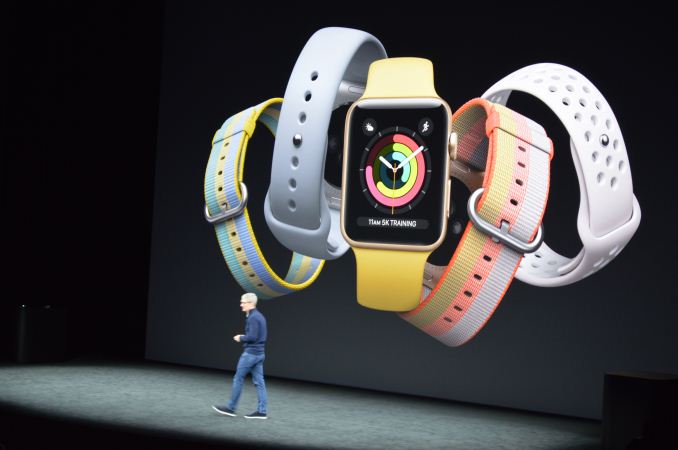
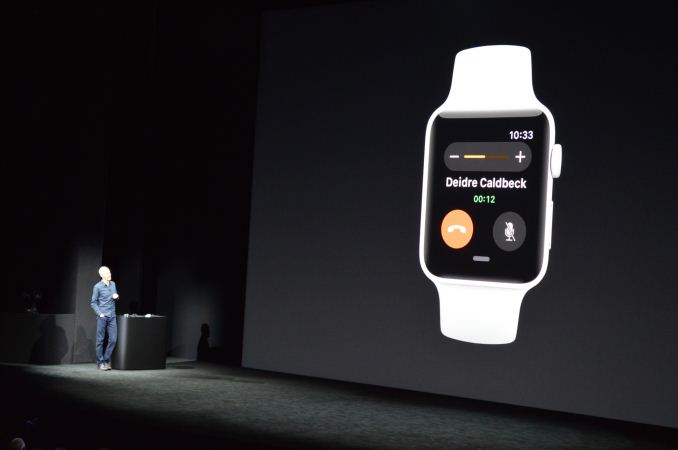
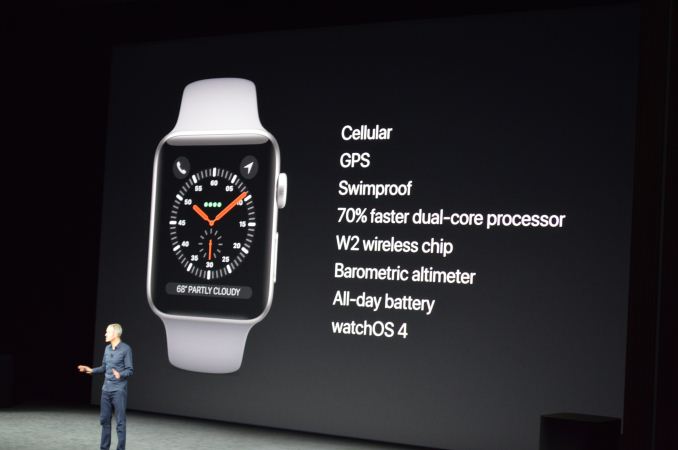


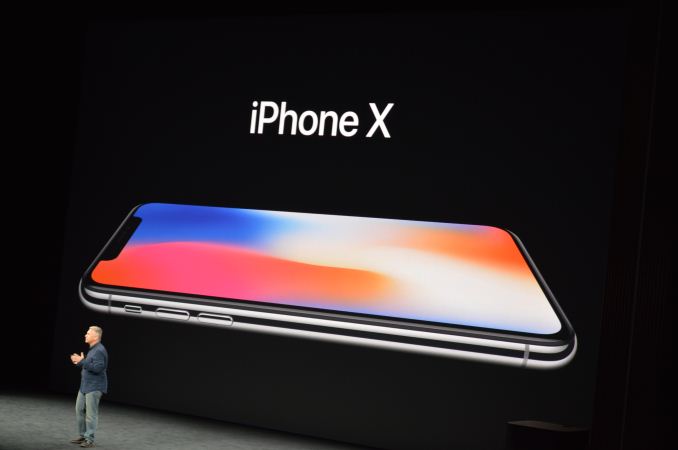
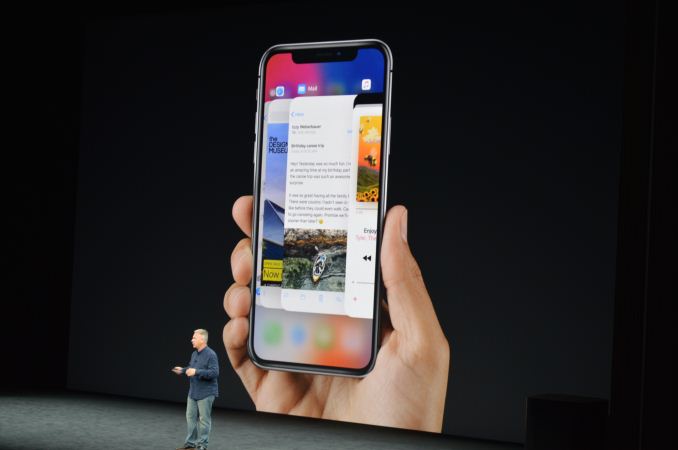
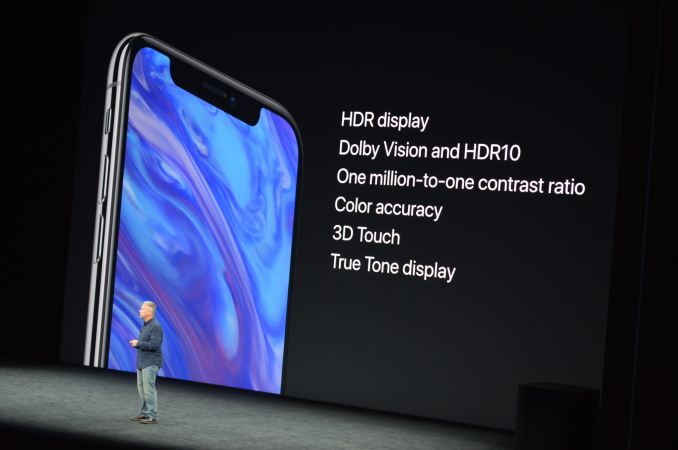

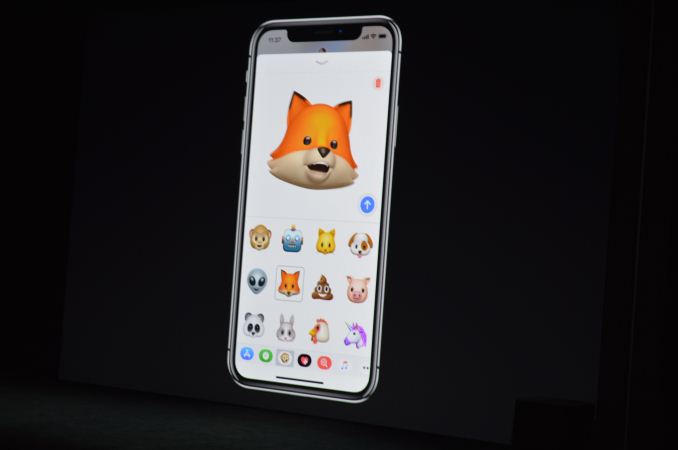
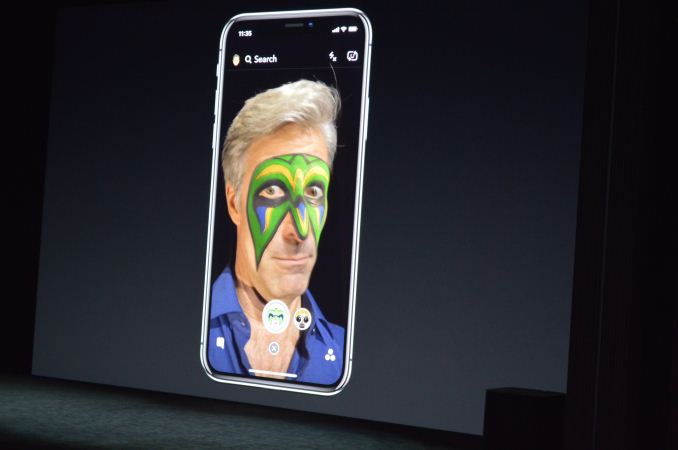
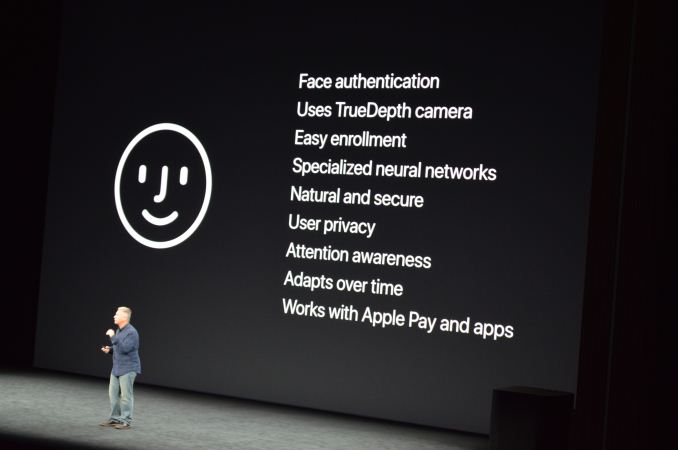
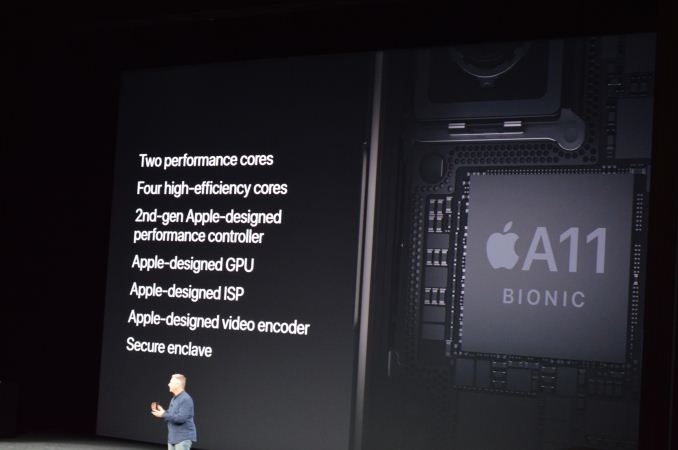
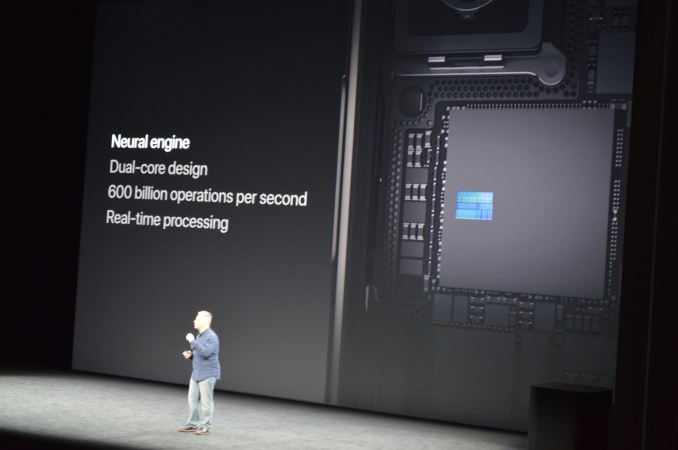
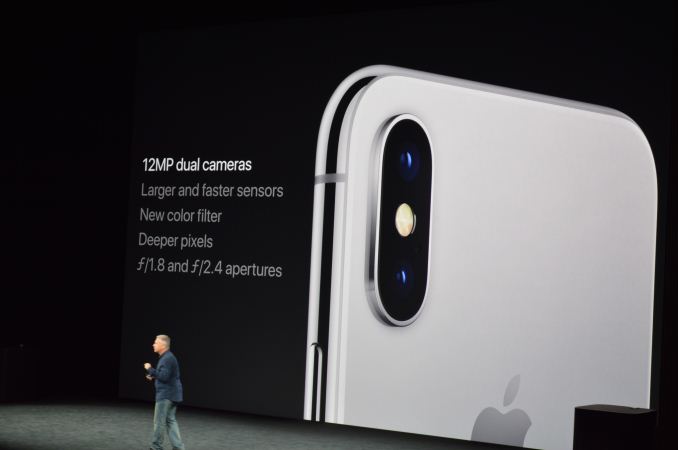
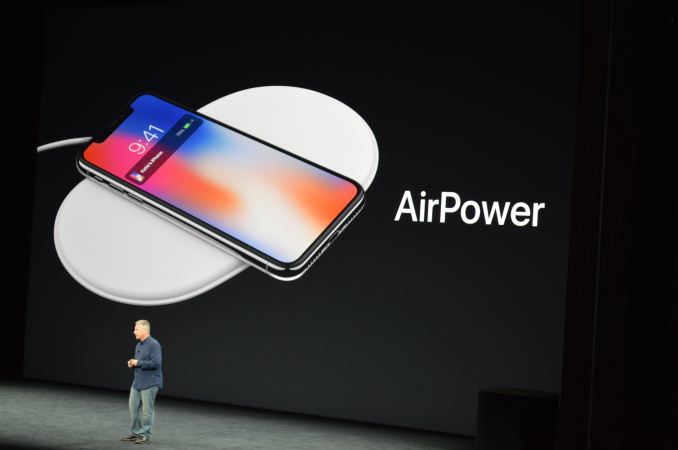
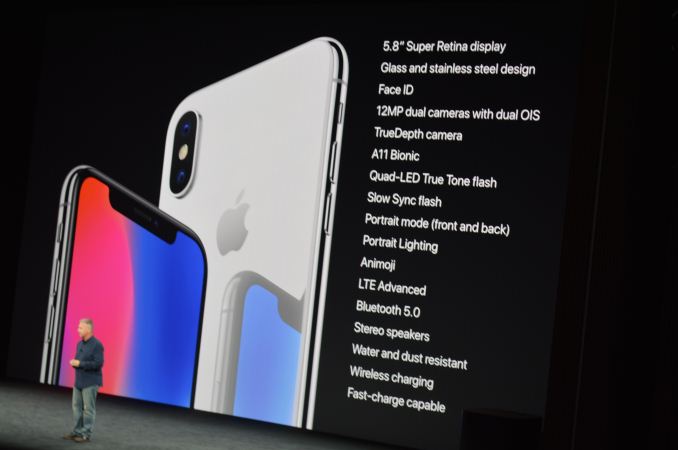
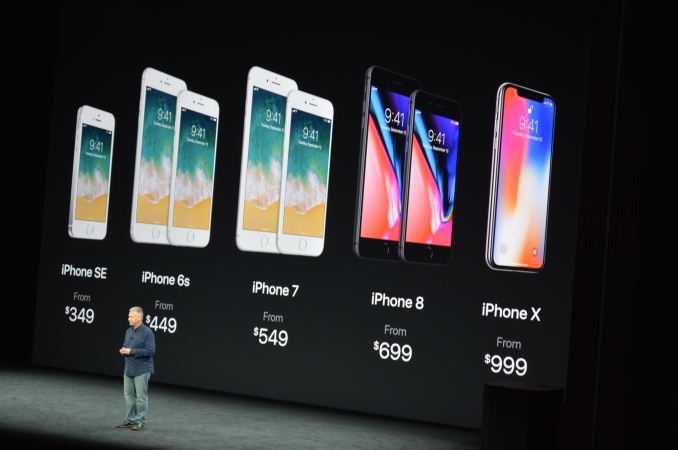


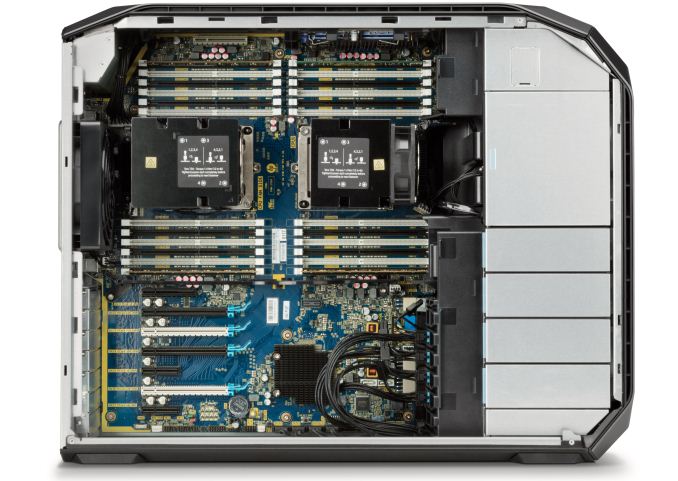
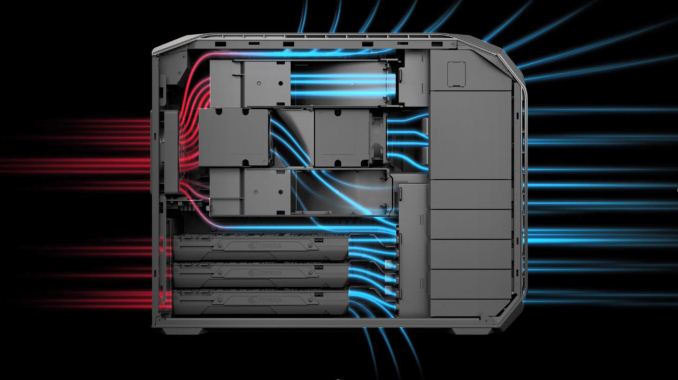
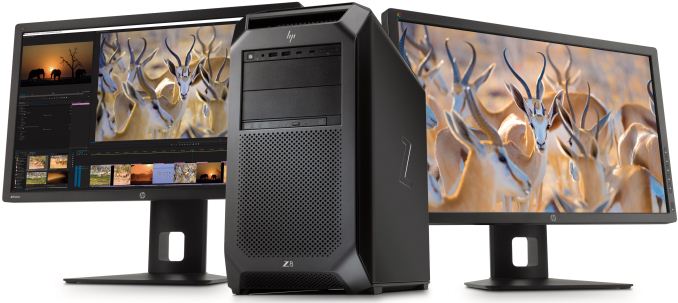
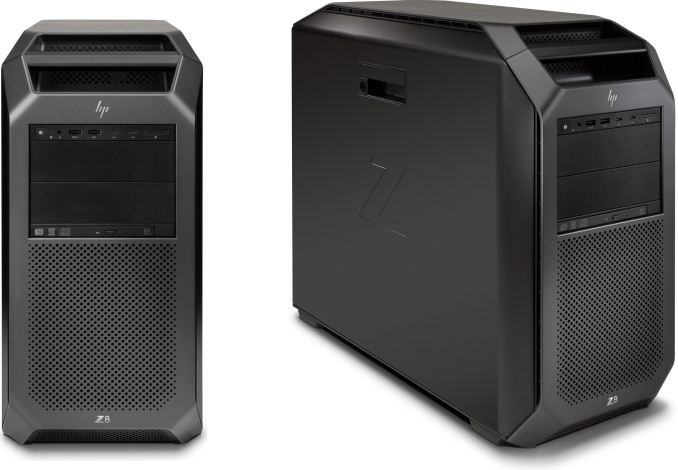
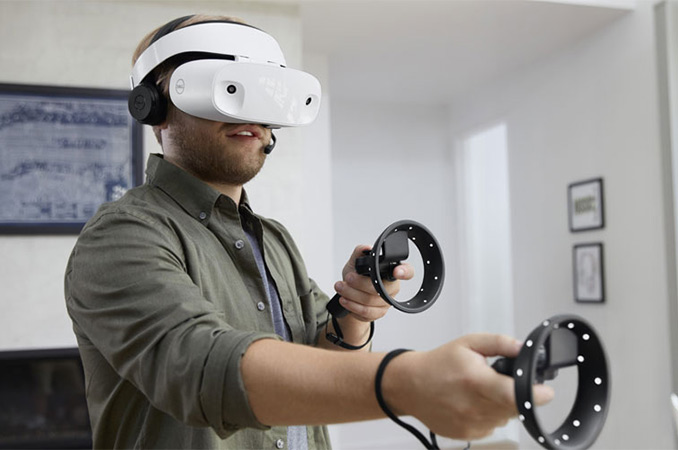
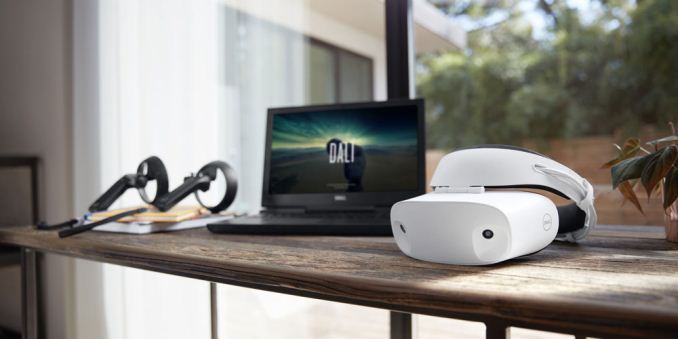
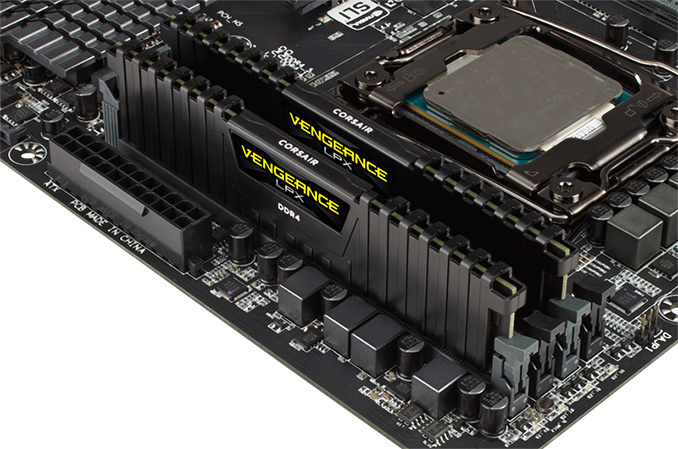
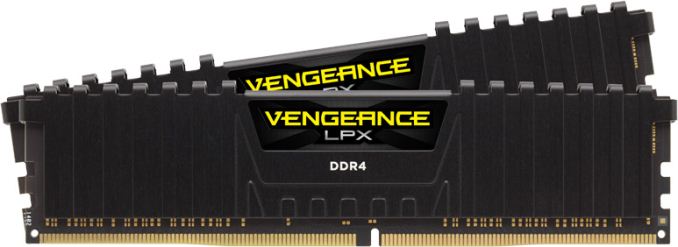
















Bookmarks